Canada’s housing crisis is putting immense pressure on communities across the country. Rising home prices, rental shortages, and increased living costs are making it difficult for many residents to afford stable housing. From small towns to major cities, these 22 Canadian communities are struggling to survive as they face the growing challenges of an increasingly unaffordable housing market.
Vancouver, British Columbia

Our list is topped by none other than Vancouver, which remains one of the least affordable cities for owning and managing a home. The reason behind the high prices is the heavy foreign investments and speculative buying that are increasingly making Vancouver out of reach for many. Additionally, the geographical constraints limit the land for the growing population to build a home, further driving up the prices. This has forced residents to leave for suburban areas, which results in urban sprawl and longer commutes.
Toronto, Ontario

The housing market of Toronto has been facing a crisis for years now, with the real estate market unable to keep up with the population growth. The lack of sustainable housing development programs also contributes to the crisis. Condos are everywhere in the city, but these units have monumental prices, making them out of reach for many. Moreover, the rental market has also seen a surge in prices and demand, giving rise to bidding wars.
Kelowna, British Columbia

Kelowna, a beautiful city in the Okanagan Valley, has become a popular place for retirees and remote workers. However, this has made it harder for local residents to afford homes. With more people moving in, housing prices have reached record highs. As a result, many young families and locals are leaving to find more affordable places to live.
Halifax, Nova Scotia
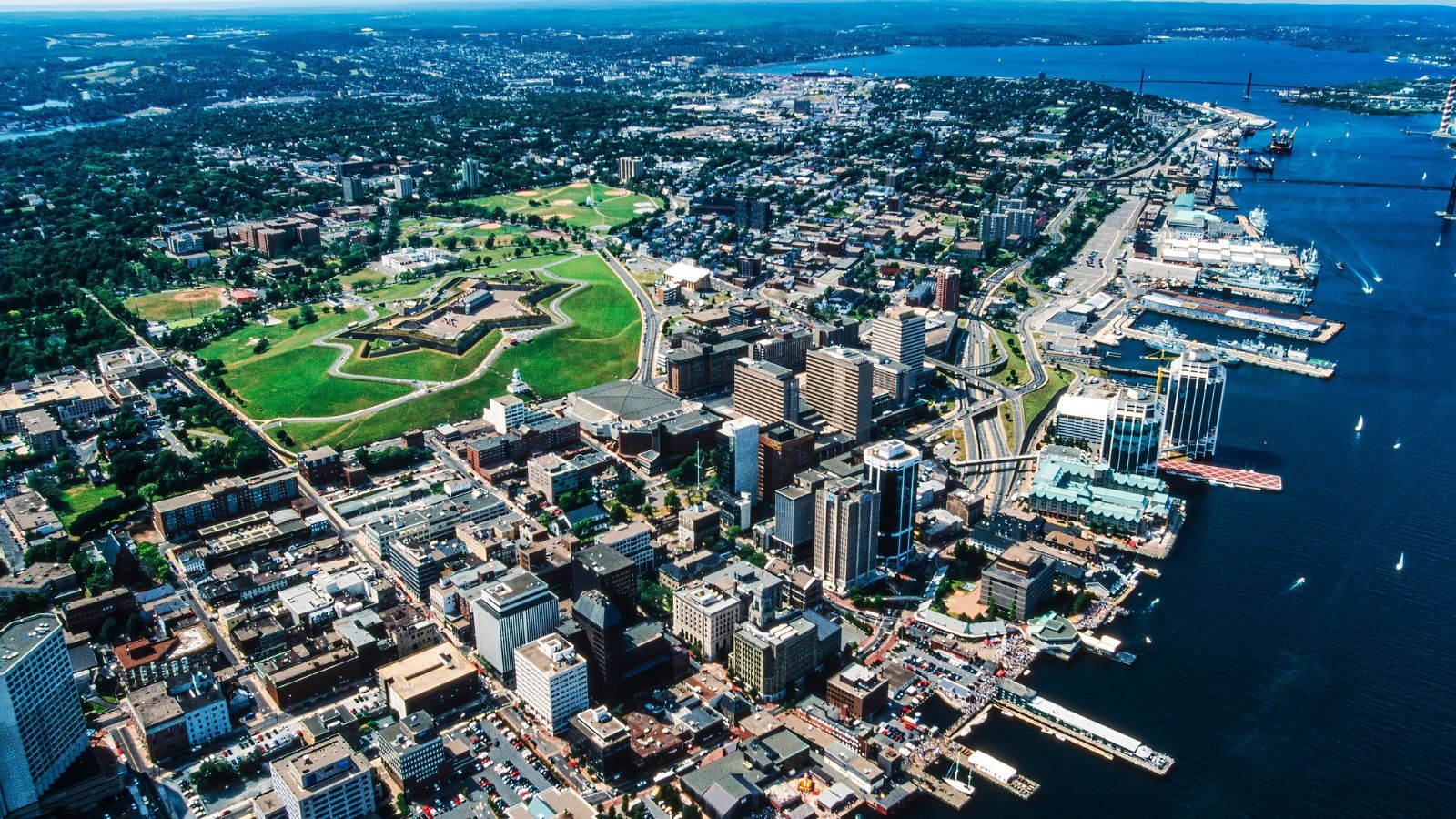
Many people from bigger cities like Toronto and Vancouver are moving to Halifax in search of affordable housing. However, the high demand has outpaced the supply, driving up prices. Even short-term rentals have become expensive, making it harder for residents to afford a place to live. This crisis hits low-income individuals the hardest, leaving them struggling to find stable housing.
Montreal, Quebec

Gone are the days when the city of Montreal provided affordable housing to the population. In recent years, the housing market of the city has seen a surge in demand for properties and gentrification of neighborhoods. This severely affects the locals and the long-term residents, with many of them choosing to relocate. Additionally, the city suffers from limited rental availability, which further makes it unaffordable for students, young professionals, and low-income families.
Ottawa, Ontario

Ottawa, the capital city of Canada, attracts a large number of professionals and families, especially the ones that are employed in government and technology sectors. However, the housing market of the city has failed to keep up with this influx of professionals and families. Consequently, the prices of residential units are sky-high, which has added to the difficulties of many working-class residents.
Whistler, British Columbia

While the tourism industry of Whistler provides many families with the means to earn a living, it also adversely affects the local housing market. Seasonal workers, who are an essential part of the tourism industry, face significant housing challenges. The high cost of living forces many to live in overcrowded accommodations or commute from longer distances. Moreover, with more profit in short-term rentals, the availability of long-term housing is also limited.
Yellowknife, Northwest Territories
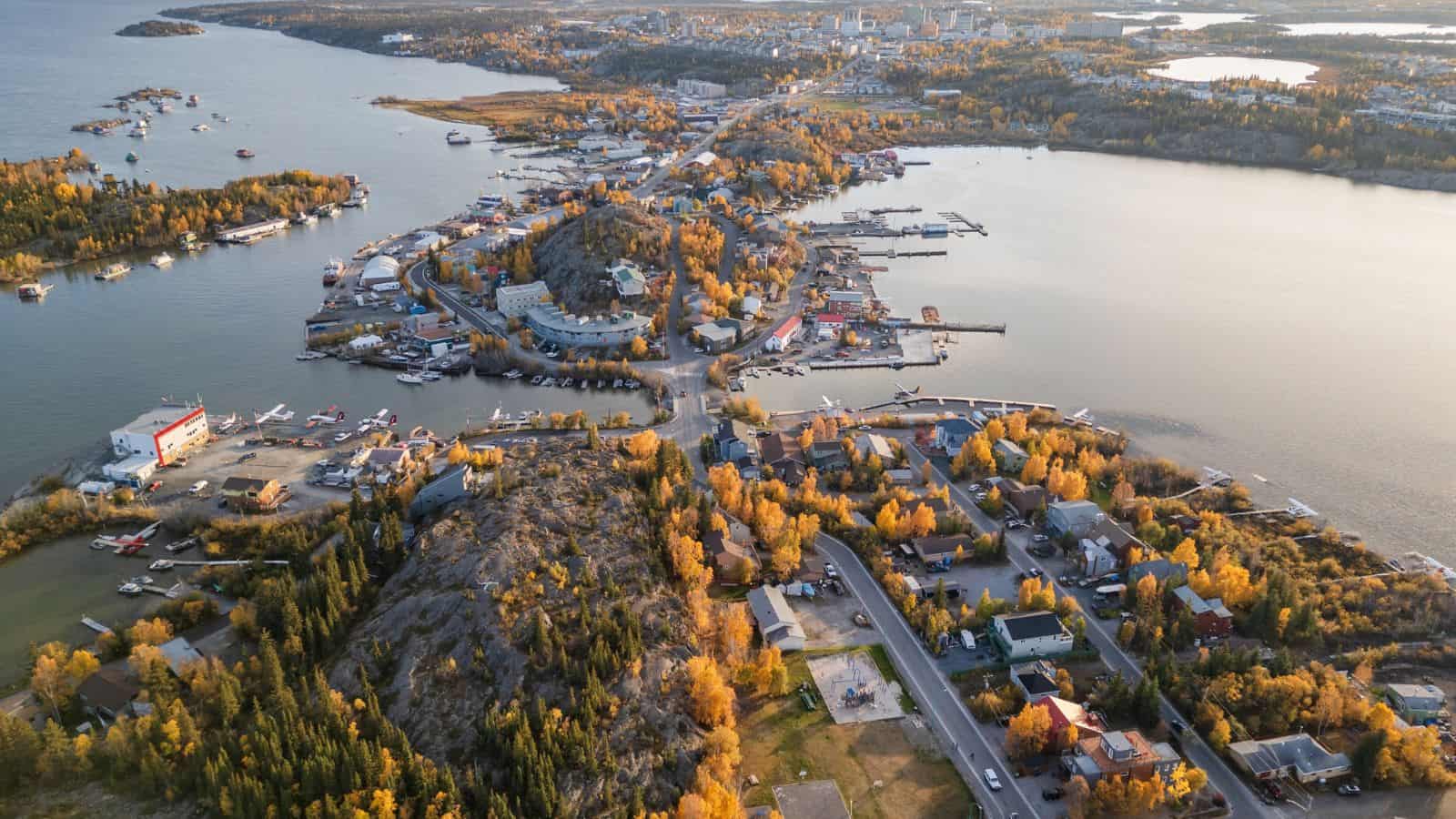
In Yellowknife, the construction costs are very high, and the development opportunities are also very limited, making it difficult for individuals to afford a house. The demand for houses in the region has been increasing, but the harsh climate and remote location add to the cost and slow the process. This has increased competition, and subsequently, prices have been driven up for both renters and buyers.
Winnipeg, Manitoba
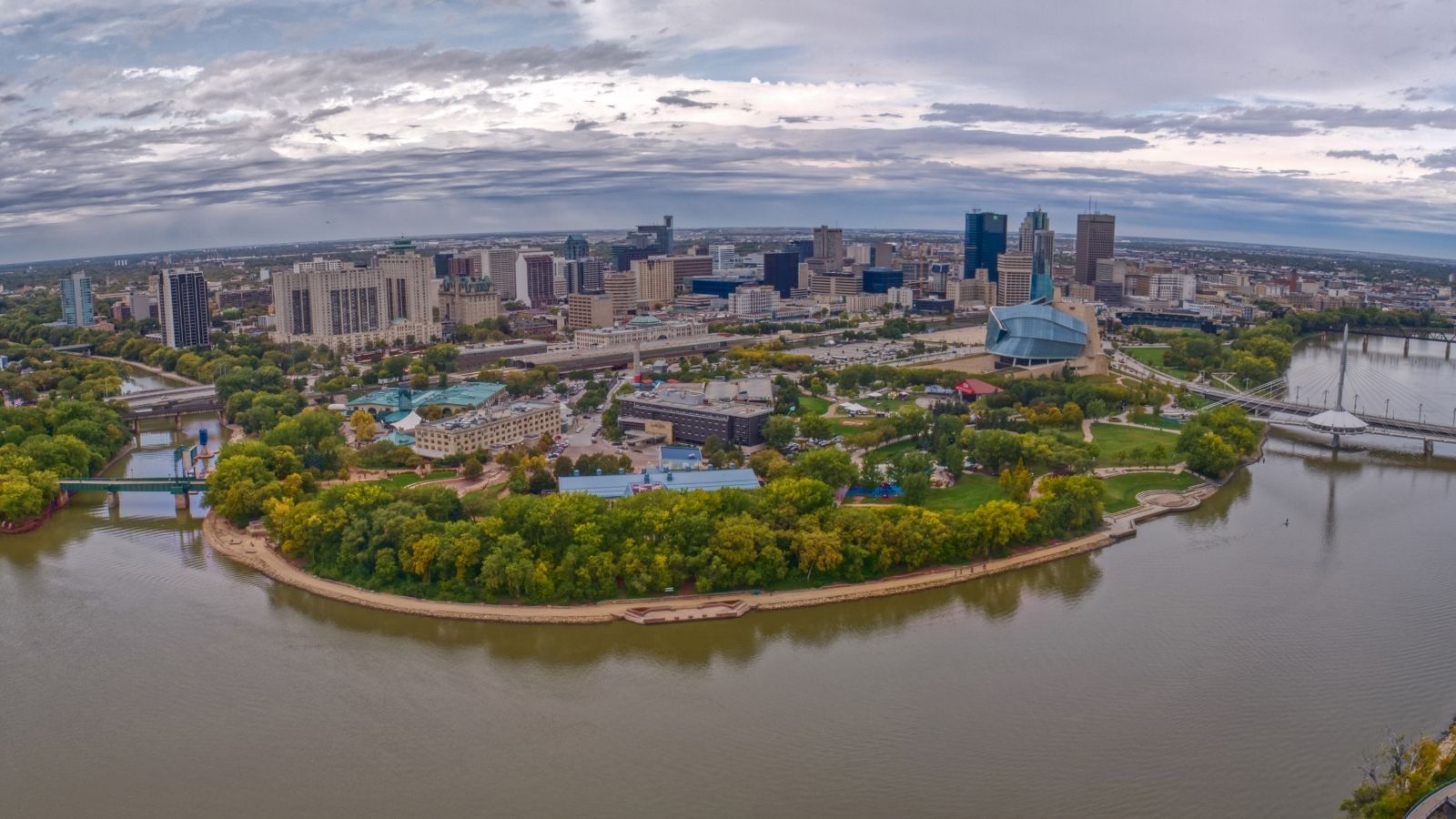
Compared to other cities, the cost of living in Winnipeg is lower, making it a choice for many families. However, because of the lack of investment in new developments, the city hasn’t been able to keep up with the demand for housing units—especially rentals. Low-income families are particularly vulnerable to this crisis.
Hamilton, Ontario
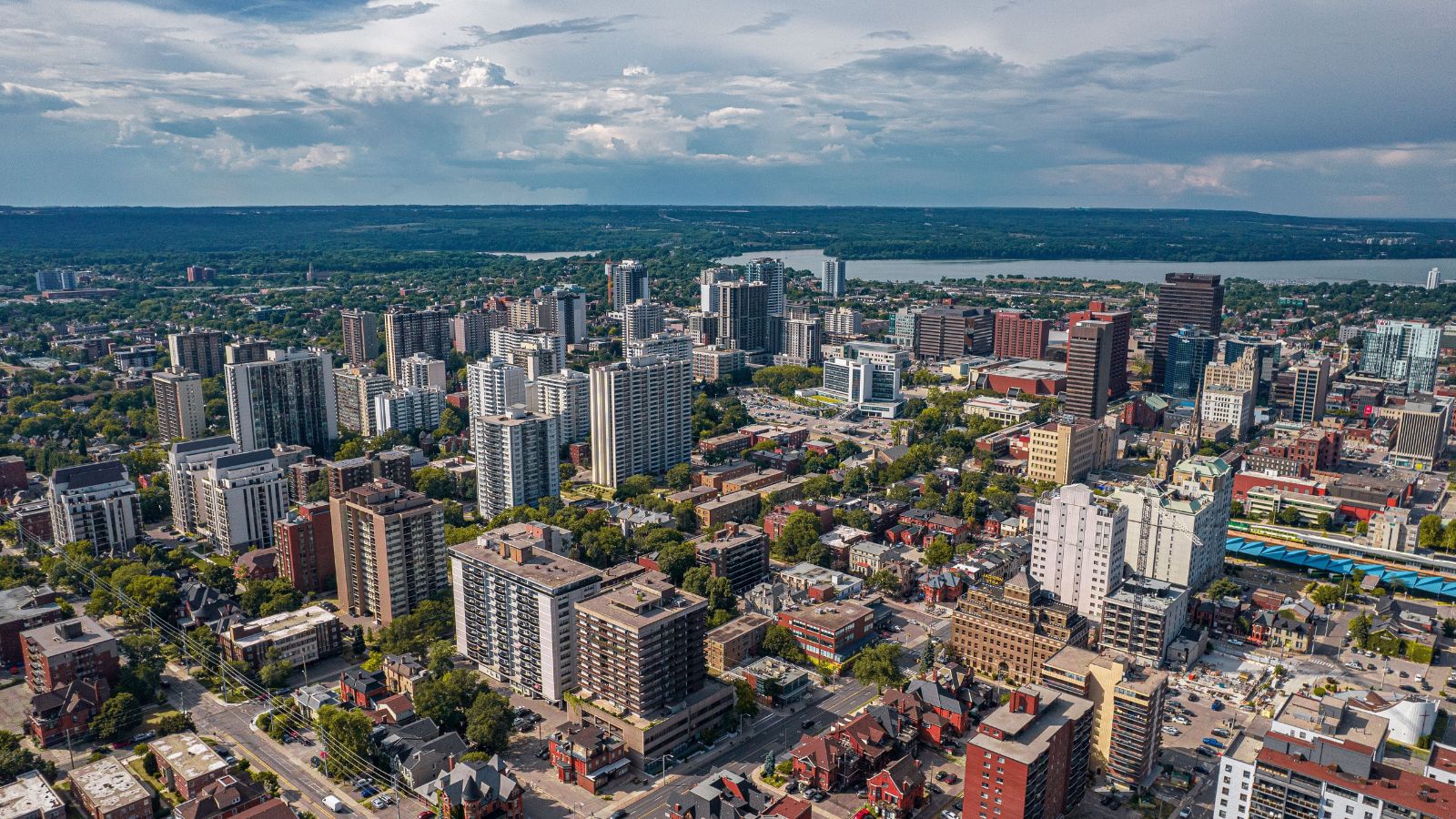
Hamilton’s proximity to Toronto has made it a popular choice for people looking to save on housing costs while working in the big city. However, this has driven up prices, making it harder for longtime residents to afford to live there. Gentrification and a shortage of available homes have only added to the growing affordability crisis.
Victoria, British Columbia

Victoria, a popular destination for retirees, shares the same housing woes as Vancouver. The increasing demand for housing and the failure of the city to keep up with the demand have pushed the prices to record highs. This has made life in Victoria a dream for many residents, forcing them to leave it for a reality somewhere more affordable.
Lethbridge, Alberta

Lethbridge is a growing city that’s experiencing rapid population growth. Because of insufficient new developments, it’s failing to provide its residents with cheaper, more affordable housing options. Students and low-income families especially find it challenging to live here because of the lack of affordable rentals and housing units.
Regina, Saskatchewan

The rising cost of living and limited rental availability have made Regina uneconomical for many families. Like other cities, the demand for affordable housing has been increasing in Regina. New developments are mainly focused on the high-income buyers, which has been contributing to the worries of many low- and middle-income buyers.
St. John’s, Newfoundland and Labrador

Life in St. John’s is more affordable for Canadians than in the rest of the country. However, the struggles of the housing market are also present here. Low-income families and young professionals are gradually becoming unable to afford a life here. Moreover, some of the houses in the city are very old and require significant investment before they can be moved in.
Fredericton, New Brunswick

The housing market of Fredericton is seeing a critical point as it has to make room for the growing population. The developments are lagging, which adds fuel to the fire. Consequently, the costly rentals and housing units are making the residents question their choice of life here, with many of them relocating to affordable neighboring areas.
Prince George, British Columbia

Reliance on the resource sector and failure to increase new housing developments have forced Prince George’s County into a precarious position. The surge in demand for housing units and the subsequent competitiveness have made life for many low-income families difficult. Furthermore, the aging housing stock is also a concern for the city.
Charlottetown, Prince Edward Island
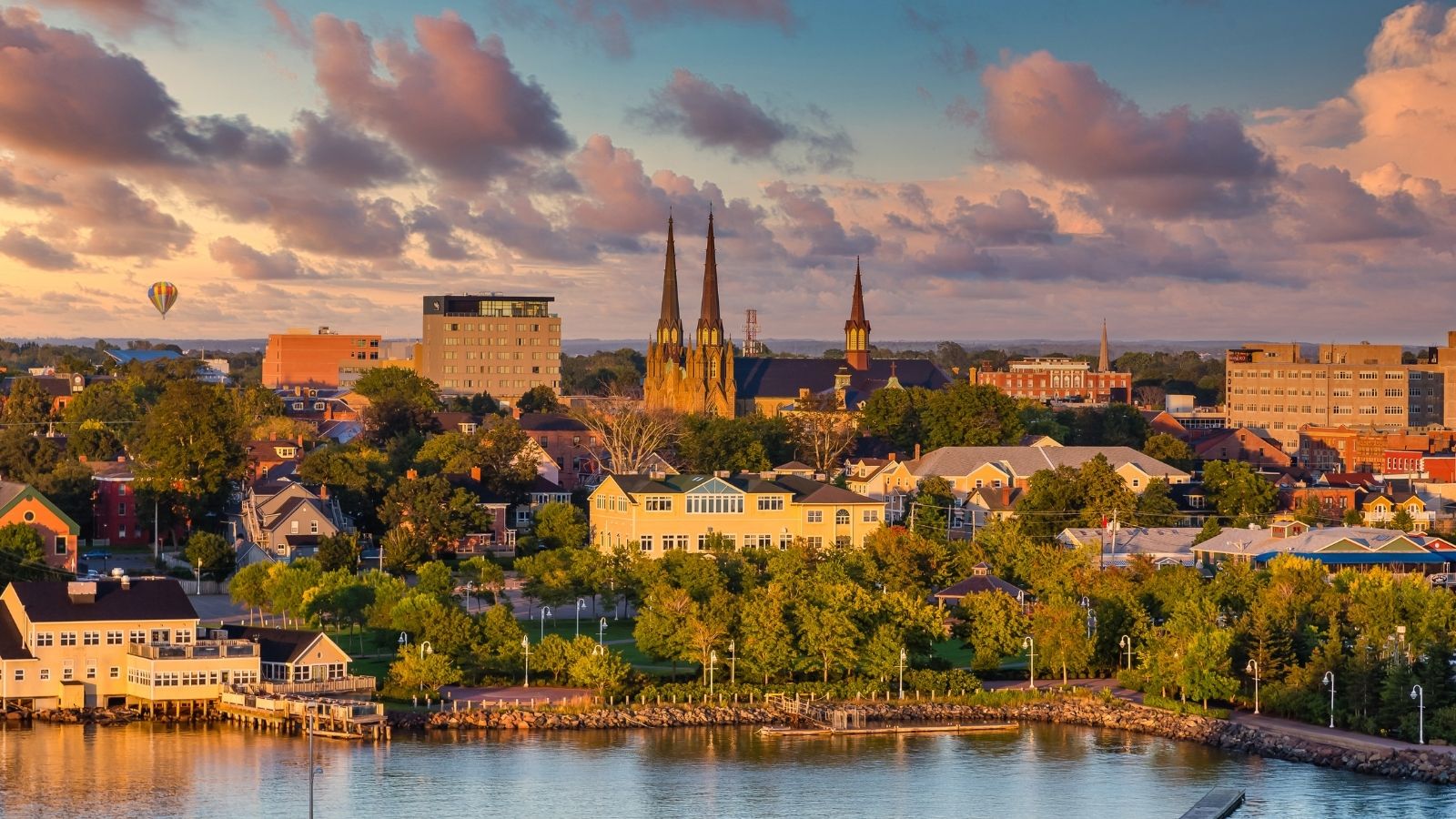
Charlottetown has seen a rise in the housing crisis as its popularity has increased amongst retirees. As the influx increased, the property owners started selling or renting at staggering prices. These prices are unmatchable for the locals, especially the younger residents. As a result, affording a life here has become out of reach for many.
Fort McMurray, Alberta
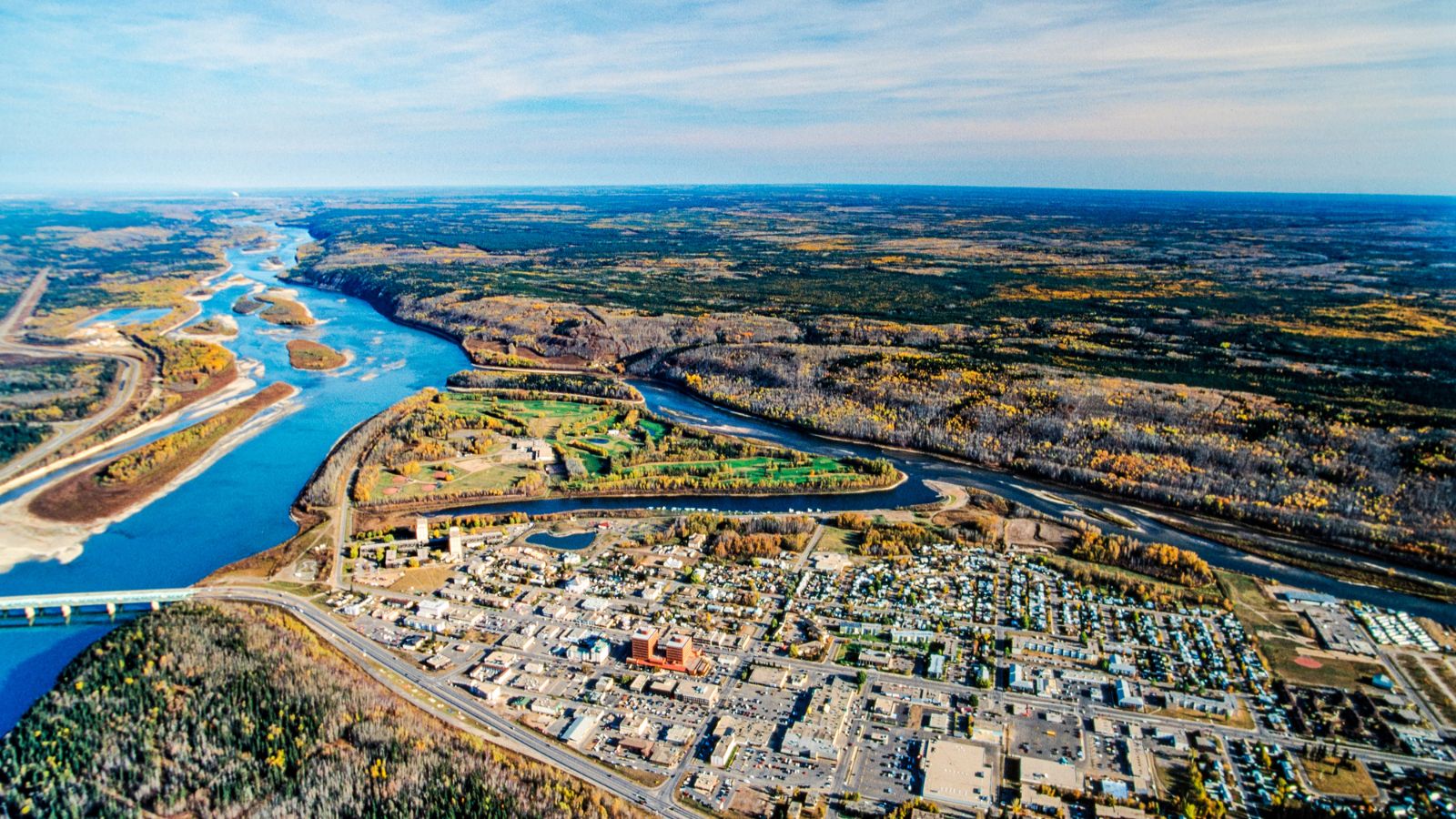
Fort McMurray’s housing market is closely linked to the ups and downs of the oil industry. When the industry thrives, home prices rise, but when it struggles, demand drops. Additionally, rebuilding efforts have been slow since the devastating 2016 wildfire, leaving the community with limited affordable housing options.
Gatineau, Quebec

The residents of Ottawa, in attempts to relocate to affordable regions closer to the capital, choose Gatineau, which is just across the Ottawa River. However, this influx has increased the demand for affordable houses in the city, and its rental market is also under pressure. Many are left struggling to keep themselves from homelessness.
Kamloops, British Columbia

Kamloops offers ready access to both urban amenities and natural activities like fishing and skiing. This is why Kamloops is increasingly becoming popular amongst families and retirees who are planning to relocate. However, this popularity has increased the demand for housing units, which in turn has surged housing prices and strained the local rental market. The situation is dire, with many people already homeless and others on the brink of being so.
Thunder Bay, Ontario
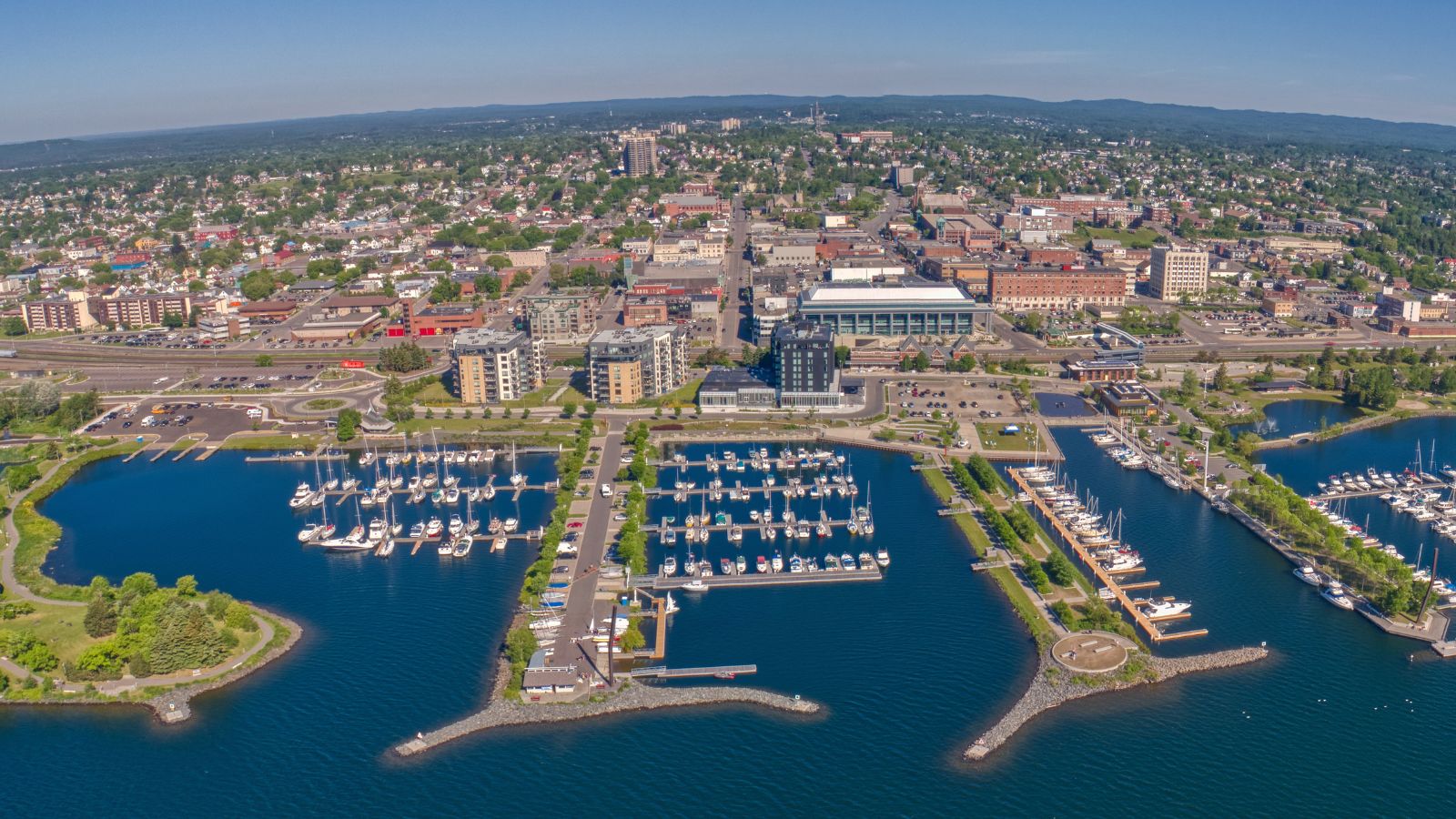
Thunder Bay’s remote location has slowed the development of new housing. Many older homes in the city are in poor condition and need significant investment to become livable again. Additionally, the rental market is under pressure, making affordable housing increasingly difficult to find.
Saskatoon, Saskatchewan
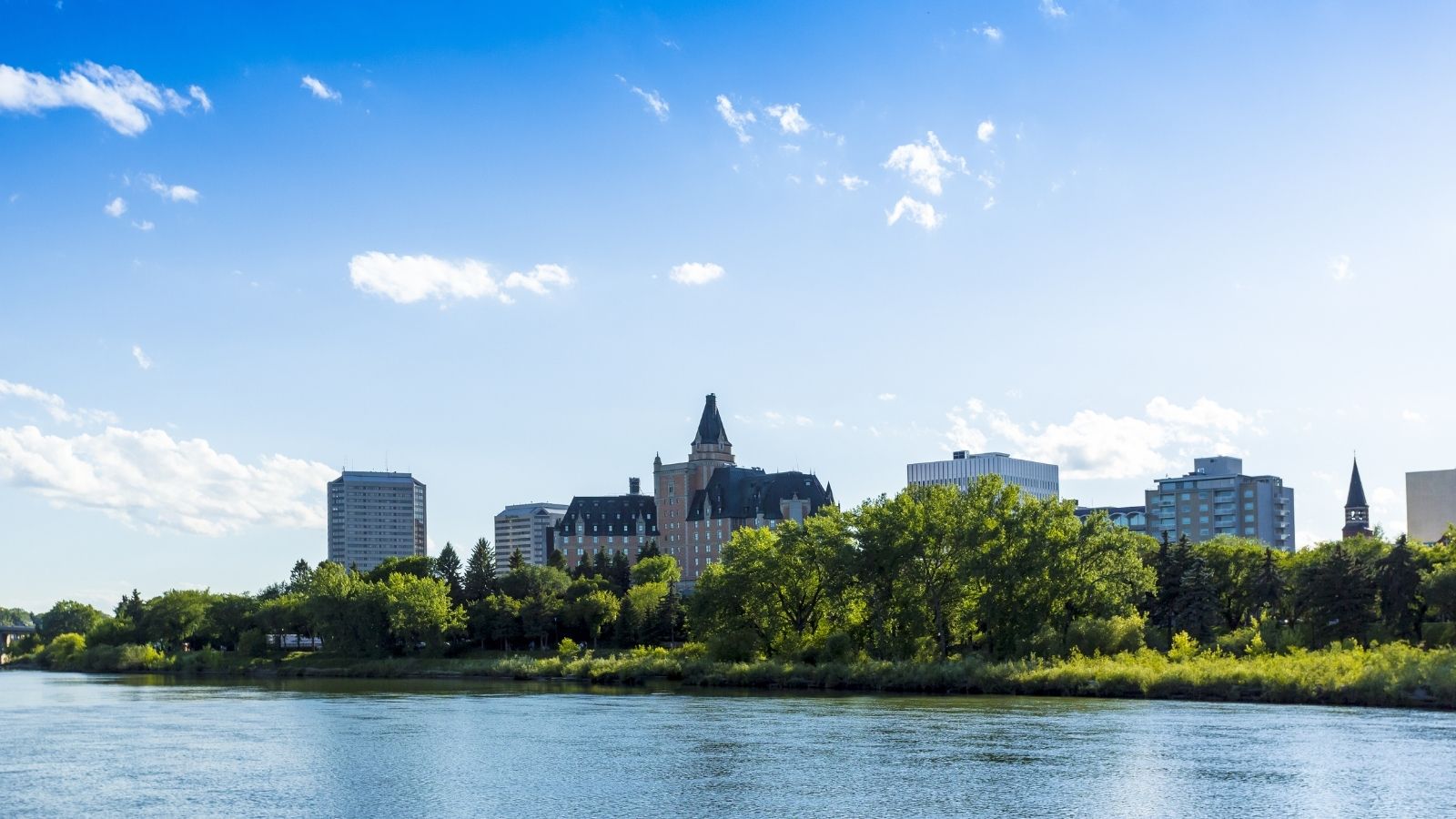
Saskatoon’s population is rapidly growing. However, the development projects for affordable housing aren’t being paid attention to by the municipality. This has exacerbated the crisis, with rents and property prices pushing low- and middle-income earners to the outskirts of the city. This adds to the struggles of these families, as they now have to deal with longer commuting times and costs.
Conclusion

The Canadian government must take significant action to ensure housing remains affordable for all citizens. Each city faces unique challenges, requiring targeted solutions. Increasing the housing supply, investing in affordable housing projects, and reforming zoning laws can help ease the crisis. Additionally, collaboration between the government, developers, and local organizations is essential to guarantee that every Canadian has access to a safe and affordable home.
25 Countries Predicted to Become Economic Superpowers in the Next 20 Years

The strength of an economy plays a crucial role in various international policies about trade and relations. Certain factors determine the strength of an economy, including population growth, availability of resources, and development and advancement. Here are 25 countries predicted to become economic superpowers in the next 20 years
25 Countries Predicted to Become Economic Superpowers in the Next 20 Years
